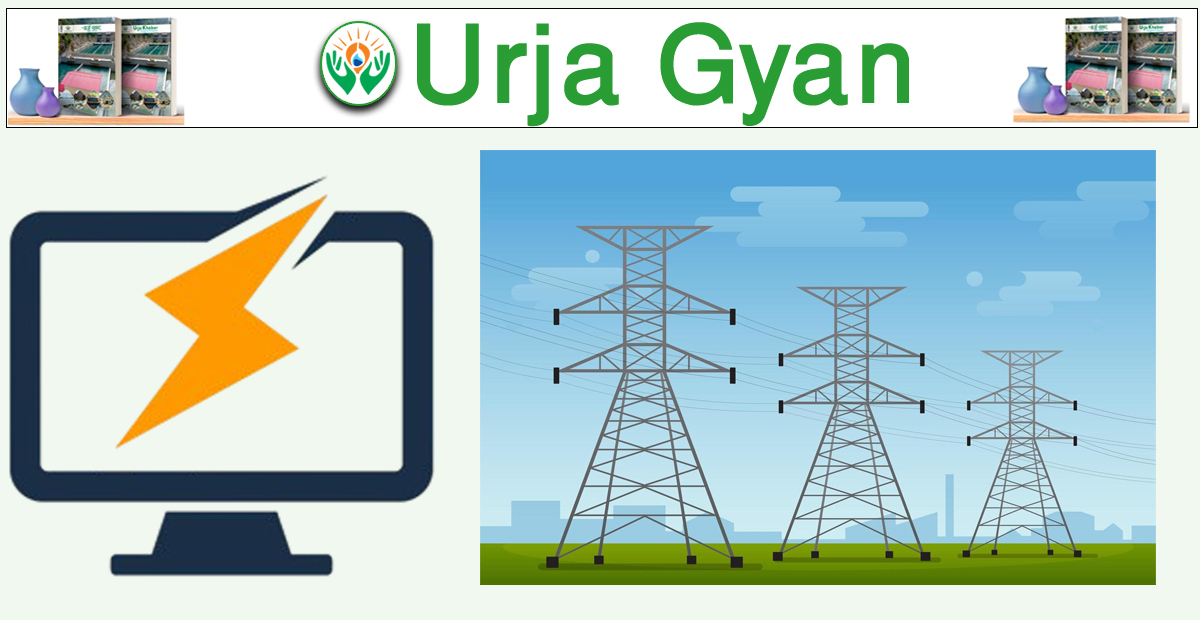
Kathmandu; Under the knowledge-enhancing column 'Urja Gyan' published every Friday by Urja Khabar, this week we present to you information regarding electric transmission towers used in transmission lines. Last week, we published an article on grounding systems and their types used in electric systems.
1. What is an electric transmission tower?
Answer: An electric transmission tower, or a pylon or a hydropower tower, is a very tall tower, normally made up of sturdy steel members in the form of a lattice. They are utilized to hold electric transmission lines, which are used for conveying high-voltage electricity in large quantities from generating stations to substations.
2. What are the types of electric transmission towers?

Answer: Electric transmission towers are categorized into three basic types:
(A) On the basis of Voltage: Transmission towers differ with the transmission voltage. The higher the voltage, the bigger the tower. There are two reasons for this: More spacing is necessary between conductors and conductor to ground.
Increased voltage requires more insulators, and since the conductor is thicker and heavier, the tower must be constructed stronger and larger to carry the extra weight.
(B) Based on Route : When stringing conductors, straight lines are not possible due to obstructions or terrain like hills. It results in straight lines in certain parts and deviations in others. Based on the alignment, different types of towers are used based on the deviation amount:

Type A towers are also Suspension Towers and are used on straight roads. Type B to D towers are Angle Towers, and others refer to them as Tension Towers. The tower must support more load as the deviation is greater, so these are built stronger and are costlier.
(C) Special Types of Towers: River towers should ideally be built on pile foundations. This is to ensure that the tower is stable even if the course of the river changes in the future. A pile foundation is where deep (20–25 feet or more depending on design) cylindrical holes are dug for each leg of the tower, which are then filled with cement, aggregate, sand, and steel rods to form a round platform up to ground level. Four such columns support the tower, making it flood or erosion-proof.
In hills, towers may be placed on two hills opposite to each other, requiring higher spans between the towers, which require specially designed towers. While establishing towers in hills, special care should be taken that the land is not landslide-prone.
Multiple Choice Questions:
1. What type of tower is a Suspension Tower?
(A) D
(B) C
(C) B
(D) A
Answer: D (A)
2. Which tower is the cheapest?
(A) A
(B) B
(C) C
(D) D
Answer: A
3. What foundation is appropriate for towers along rivers?
(A) Normal
(B) Pile
(C) Mat
(D) Elephant Foot Type
Answer: B (Pile)
4. What is the name of the distance between two towers?
(A) Span
(B) Contour
(C) Route
(D) Profile
Answer: A (Span)
5. Which is Nepal's first 400 kV transmission line?
(A) Hetauda–Duhabi
(B) Khimti–Dhalkevar
(C) Butwal–Mahendranagar
(D) Dhalkebar–Bhitamod–Muzaffarpur
Answer: D (Dhalkebar–Bhitamod–Muzaffarpur)
6. Which of the following materials of electric lines has the highest tensile strength?
(A) Copper
(B) Aluminum
(C) Mild Steel
(D) Silver
Answer: C (Mild Steel)
7. The separation of two conductors mainly depends upon what?
(A) Voltage
(B) Location of the conductor
(C) Current-carrying capacity of the conductor
(D) A and B both
Answer: D (Both A and B)